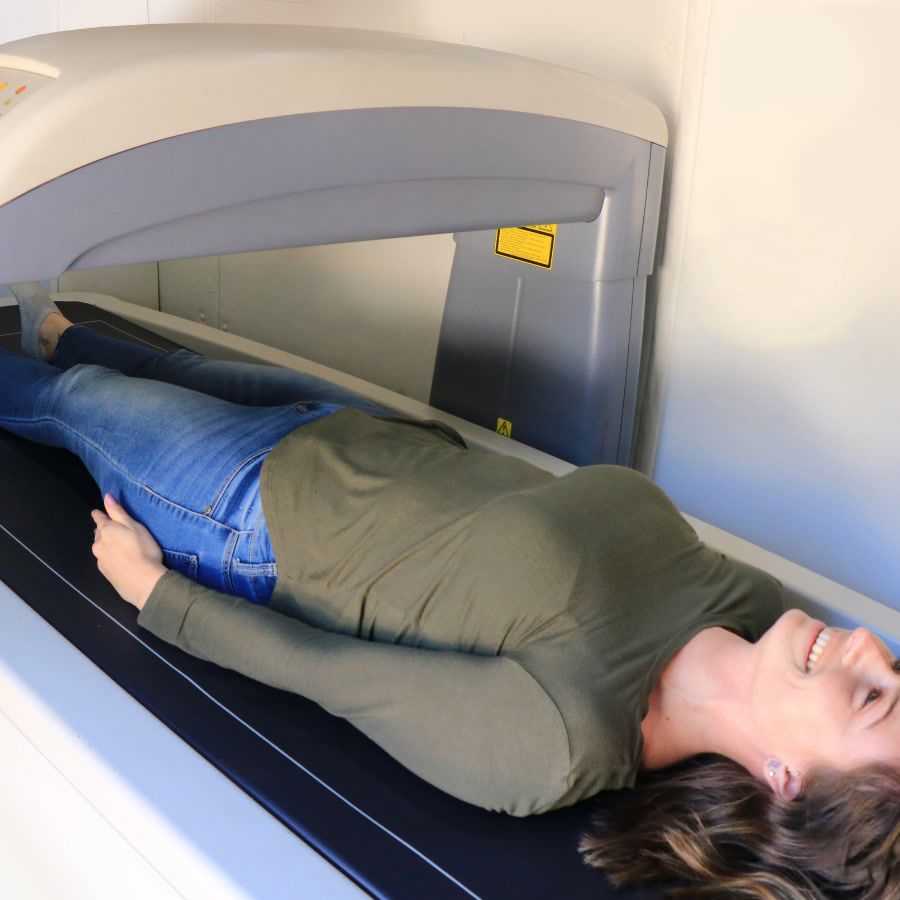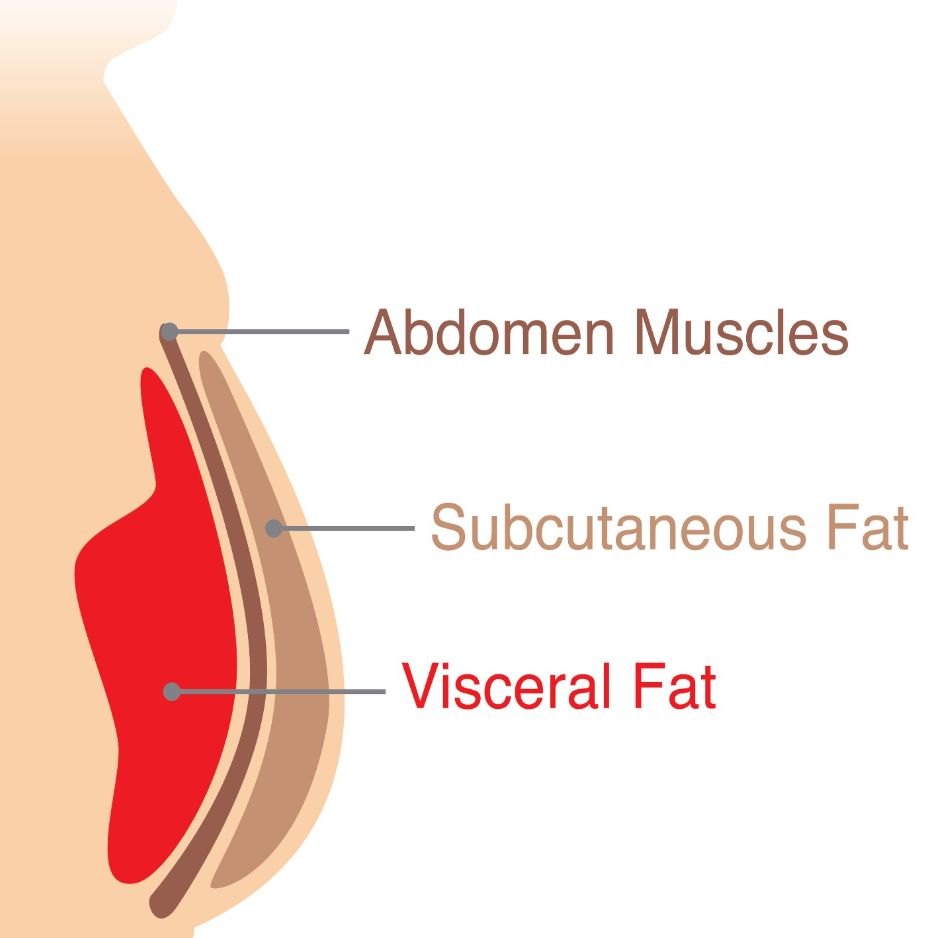Tracking Macros: A 5-Minute Beginner's Guide
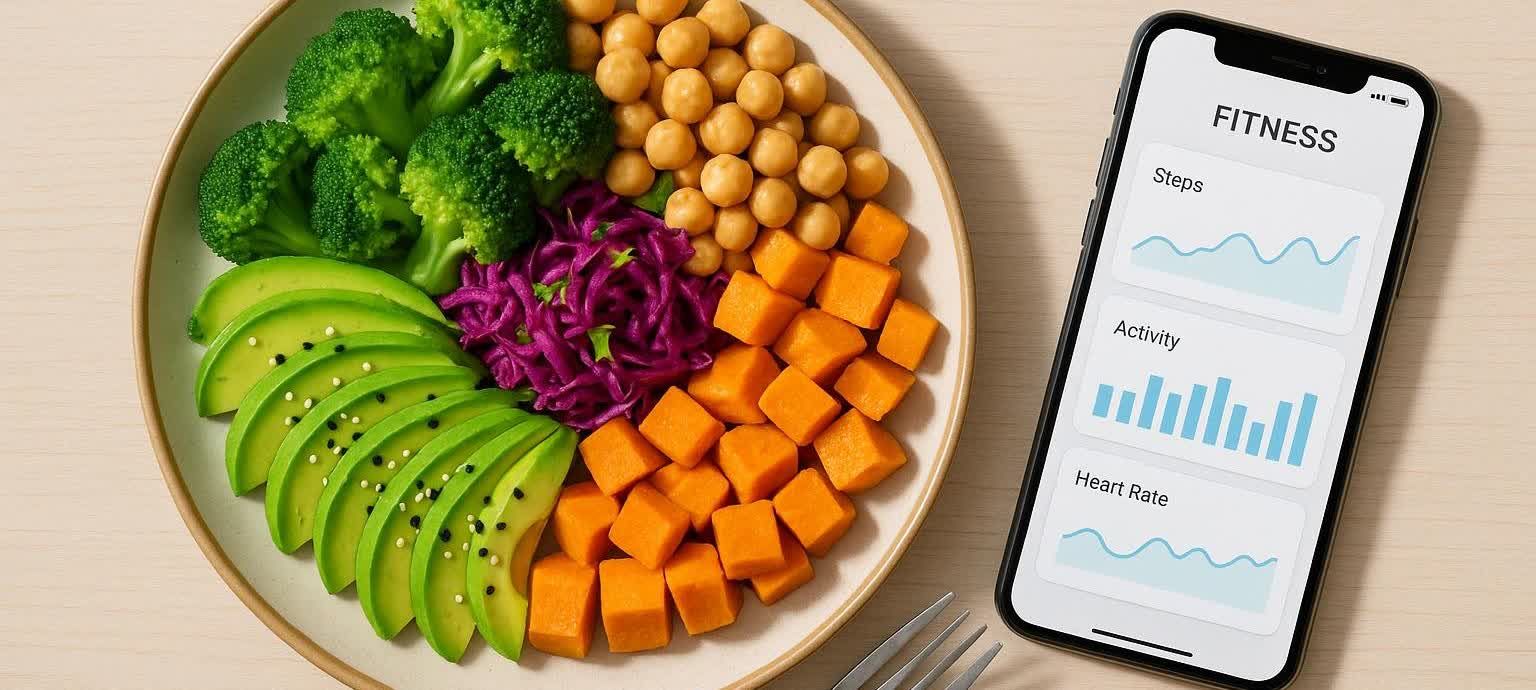
Tracking Macros: A 5-Minute Beginner's Guide
Want a simple, sustainable way to eat for your goals without guesswork? Tracking macros—your daily protein, carbs, and fats—helps you dial in calories and nutrition with a focus on clarity over restriction. In short, you log what you eat and line up your protein, carb, and fat targets with your goal (lose fat, gain muscle, or maintain). Here’s the fast start:
Quick Start: Track your macros in 5 steps
- Estimate your daily calories (maintenance). Calculate your BMR (Mifflin–St Jeor if you don’t know body fat; Katch–McArdle if you do—BMR = 370 + 21.6 × Lean Body Mass in kg) (Mifflin–St Jeor study). Multiply BMR by an activity factor to get TDEE, then adjust for your goal: subtract ~ 300–500 kcal/day for fat loss or add ** ~ 150–300 kcal/day** for muscle gain. For help picking activity factors, see our BMR Calculator guide.
- Set protein first. Aim for 1.4–2.2 g/kg/day, with 20–40 g per meal to support muscle (ISSN protein; ISSN timing).
- Split carbs and fats with the remaining calories based on preference and performance (keep fiber high).
- Pick an app (see comparison below) and save your go-to meals for one‑tap logging.
- Aim for 80–90% consistency, review weekly, and tweak.
Want the most accurate starting point? Book a BodySpec DEXA scan to get your baseline and retest every 8–12 weeks to confirm progress.
For fundamentals, check out: The Basics of Macros.
Macros 101 (in plain English)
- Protein helps you keep or build muscle and stay fuller longer.
- Carbs are your main fuel; fiber slows digestion and smooths out energy and blood sugar. A handy fiber goal is about 14 g per 1,000 calories you eat (ADA carb + fiber guidance).
- Fats support hormones and help you absorb vitamins; choose mostly minimally processed sources.
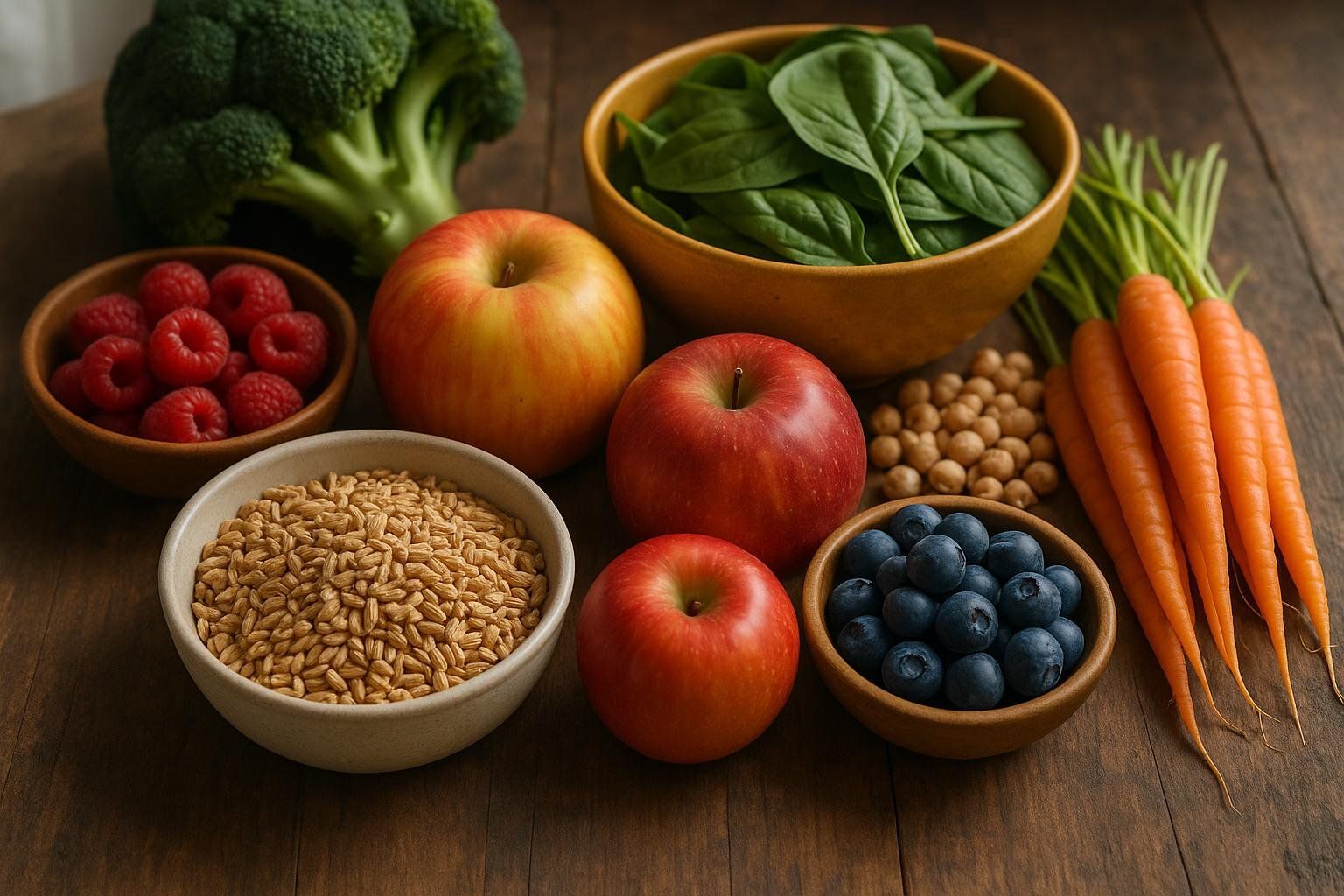
Pro tip: Whole grains, beans, fruit, and veggies digest slower than refined carbs and can help avoid energy crashes.
How to calculate your macro targets (with examples)
1) Estimate daily energy needs (calories)
- No body-composition data? Use Mifflin–St Jeor (widely validated in adults) (Mifflin–St Jeor study).
- Have lean mass from a DEXA scan? Katch–McArdle uses lean mass directly: BMR = 370 + (21.6 × Lean Body Mass in kg).
Example (Mifflin–St Jeor): 35‑year‑old woman, 68 kg, 168 cm
BMR ≈ (10×68) + (6.25×168) – (5×35) – 161 = ~1,394 kcal/day.
Activity factor (moderate ~1.55) → TDEE ≈ ~2,160 kcal/day.
Example (Katch–McArdle with DEXA): same person with 25% body fat → Lean Body Mass = 68 × (1 − 0.25) = 51.0 kg.
BMR = 370 + (21.6 × 51.0) = 1,473 kcal/day.
TDEE (moderate 1.55) ≈ 2,283 kcal/day.
- For fat loss, try a gentle 250–500 kcal/day deficit.
- For muscle gain, add ~150–300 kcal/day and track strength and body comp.
For a deeper dive on why body composition (not just scale weight) matters, see Body Composition vs Weight: What Matters for Your Health.
2) Set protein
- Daily: 1.4–2.2 g/kg to support muscle and recovery (ISSN protein). Performance‑focused folks can aim toward the higher end.
- Per meal: 20–40 g (about 0.25–0.40 g/kg) every 3–4 hours to maximize muscle protein synthesis (ISSN timing).
3) Allocate carbs and fats
- Fill remaining calories with carbs and fats in ranges that fit your training and satiety. Many adults do well with carbs 45–65% and fats 20–35% while keeping protein on target (source: dietary guidelines modeling).
- Prioritize fiber‑rich carbs and unsaturated fats; let performance and fullness guide tweaks.
Worked example (maintenance): 2,160 kcal/day
- Protein: 1.6 g/kg at 68 kg ≈ 110 g → ~440 kcal.
- Remaining calories: 2,160 – 440 = 1,720 kcal.
- Choose 30% fat: 0.30 × 2,160 = 648 kcal → ~72 g fat.
- Carbs fill the rest: 2,160 – (440 + 648) = 1,072 kcal → ~268 g carbs.
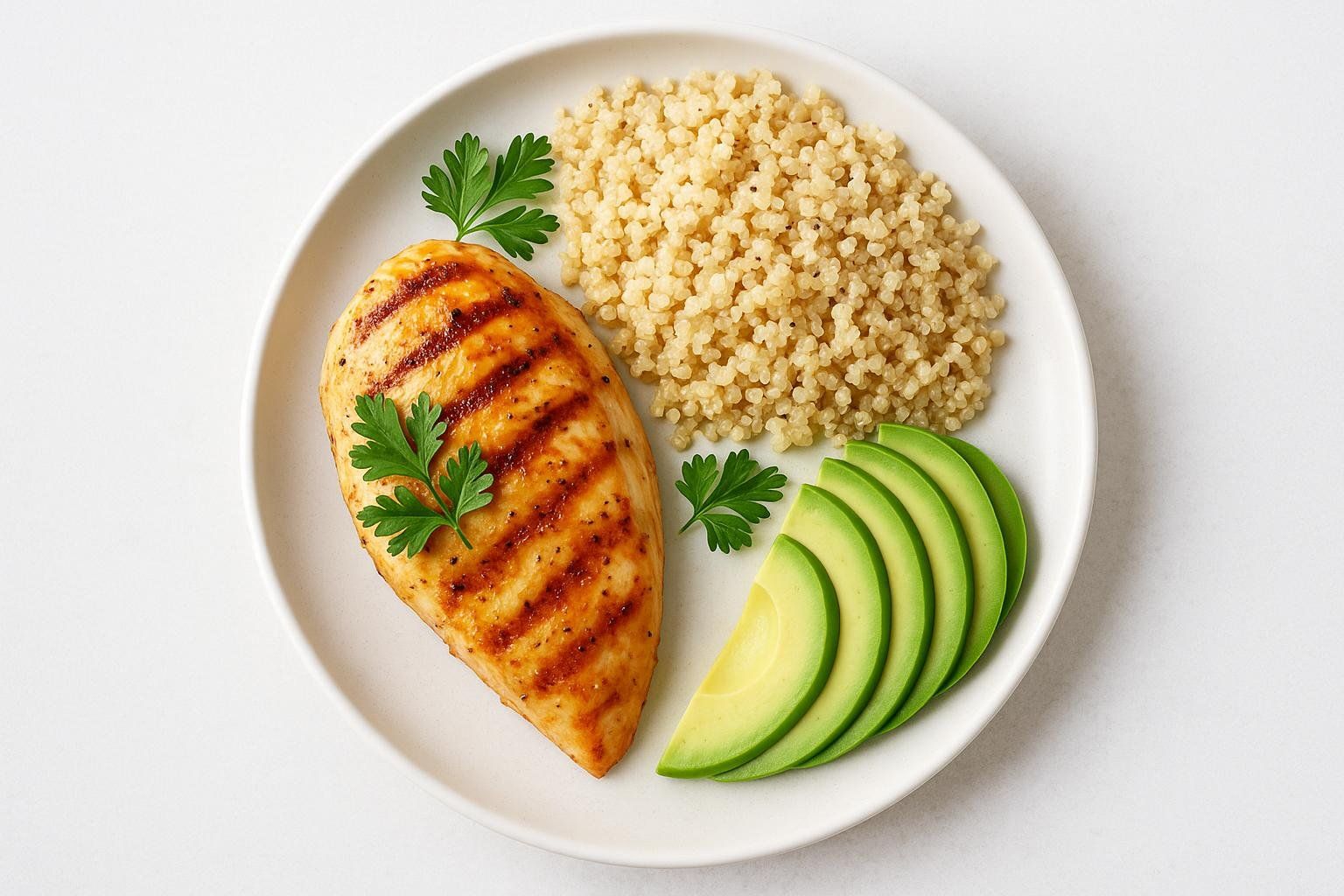
The best macro tracking apps (quick comparison)
Use this snapshot to match an app to your style. Features change—check their pages for the latest.
| App | Barcode scanner (free?) | Database/accuracy | Micronutrients | Device sync | Adaptive coaching | Pricing model |
|---|---|---|---|---|---|---|
| MyFitnessPal | Premium only | Huge database; user‑generated entries can vary | Basic micros | Yes | No | Freemium |
| Cronometer | Yes | Emphasis on verified entries | Tracks up to ~84 nutrients | Yes | No | Freemium |
| MacrosFirst | Yes | Large database; great custom foods | Macro‑focused; fewer micros vs Cronometer | Yes | Trends/tools with Premium | Freemium |
| MacroFactor | Yes | Verified search; very fast logging | Key micros | Apple Health/Google Fit | Yes—adaptive algorithm | Subscription only |
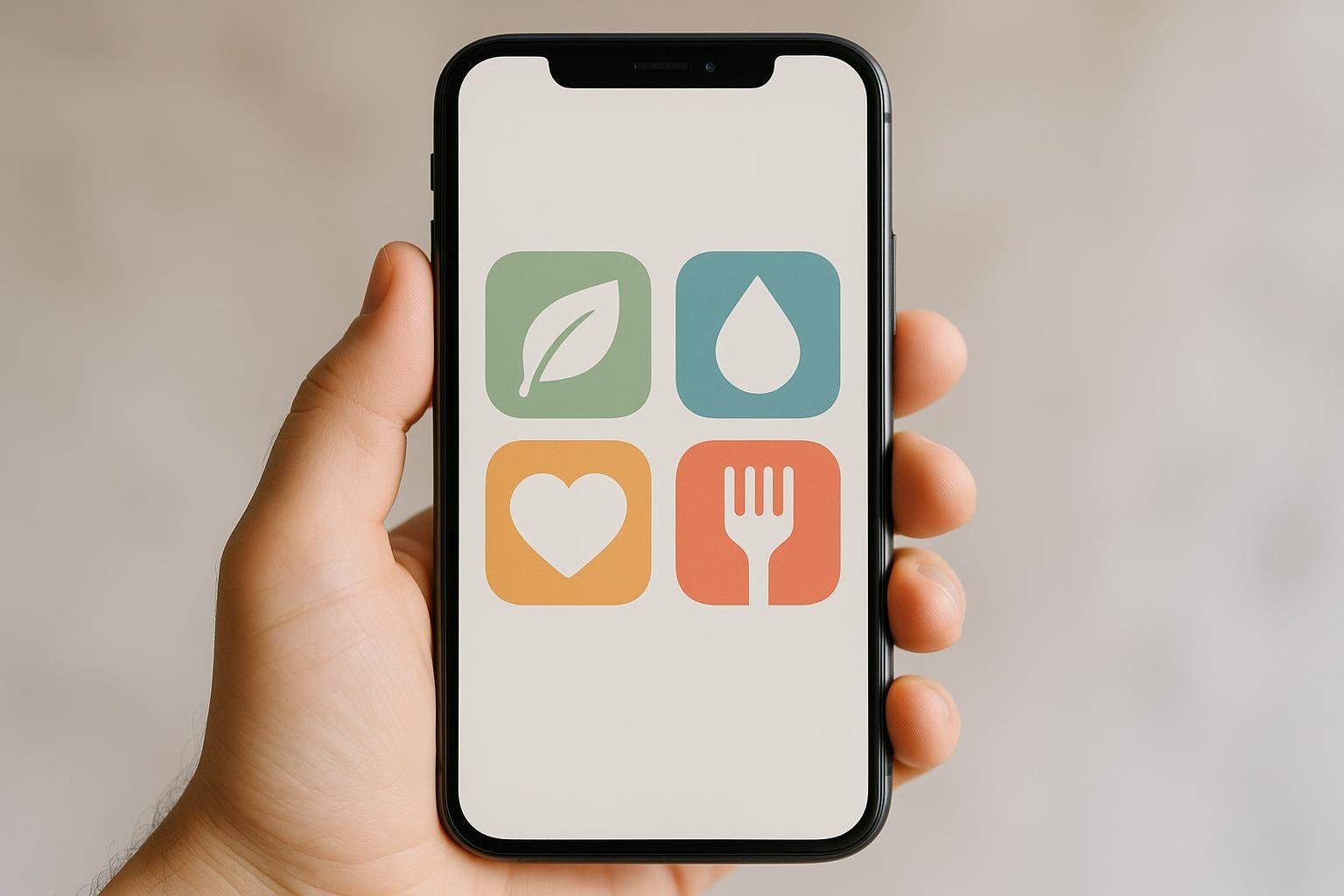
Bottom line:
- Want deep micronutrients and a free scanner? Cronometer.
- Want simple, fast logging with strong free features? MacrosFirst.
- Want adaptive coaching that learns from your data? MacroFactor.
- Already set up elsewhere? Compare MyFitnessPal tiers.
Your 5-minute daily logging routine
- Use a kitchen scale at home for a week to calibrate your "eyeballing."
- On the go, lean on saved meals/recipes and restaurant entries.
- Log before you eat when you can; pre‑log dinner in the morning to balance lunch.
- Build a core four: two breakfasts, one lunch, one dinner that reliably hit your macros—save them for one‑tap logging.
- Choose verified entries or scan labels to avoid database errors.
- Review weekly, not daily. If progress stalls for 10–14 days, adjust calories by ~100–150 kcal.
What to do when you hit a plateau
- Recalculate TDEE using your current weight—energy needs drop as you lose weight.
- Bump protein toward the higher end of your range.
- Adjust carbs or fats by 5–10% while keeping calories steady.
- Hold changes for at least 10–14 days before re‑evaluating.
Tailor your macros to your goal
1) Weight‑loss beginner (time‑pressed)
- Target: ~300–500 kcal/day deficit; protein ~1.6 g/kg; carbs/fats by preference.
- Routine: 5‑minute daily log; batch‑cook protein; pre‑log your top meals.
- Tips: Hit ≥14 g fiber per 1,000 kcal and favor minimally processed carbs for steady energy (ADA fiber guidance).
2) Fitness enthusiast/trainer (performance‑focused)
- Target: protein 1.4–2.2 g/kg (aim to the higher end); small surplus for bulks ( ** + 150–300 kcal** ), modest deficit for cuts ( −250–400 kcal ).
- Timing: Distribute 20–40 g protein every 3–4 hours; add carbs pre/post training to boost performance and recovery (ISSN timing).
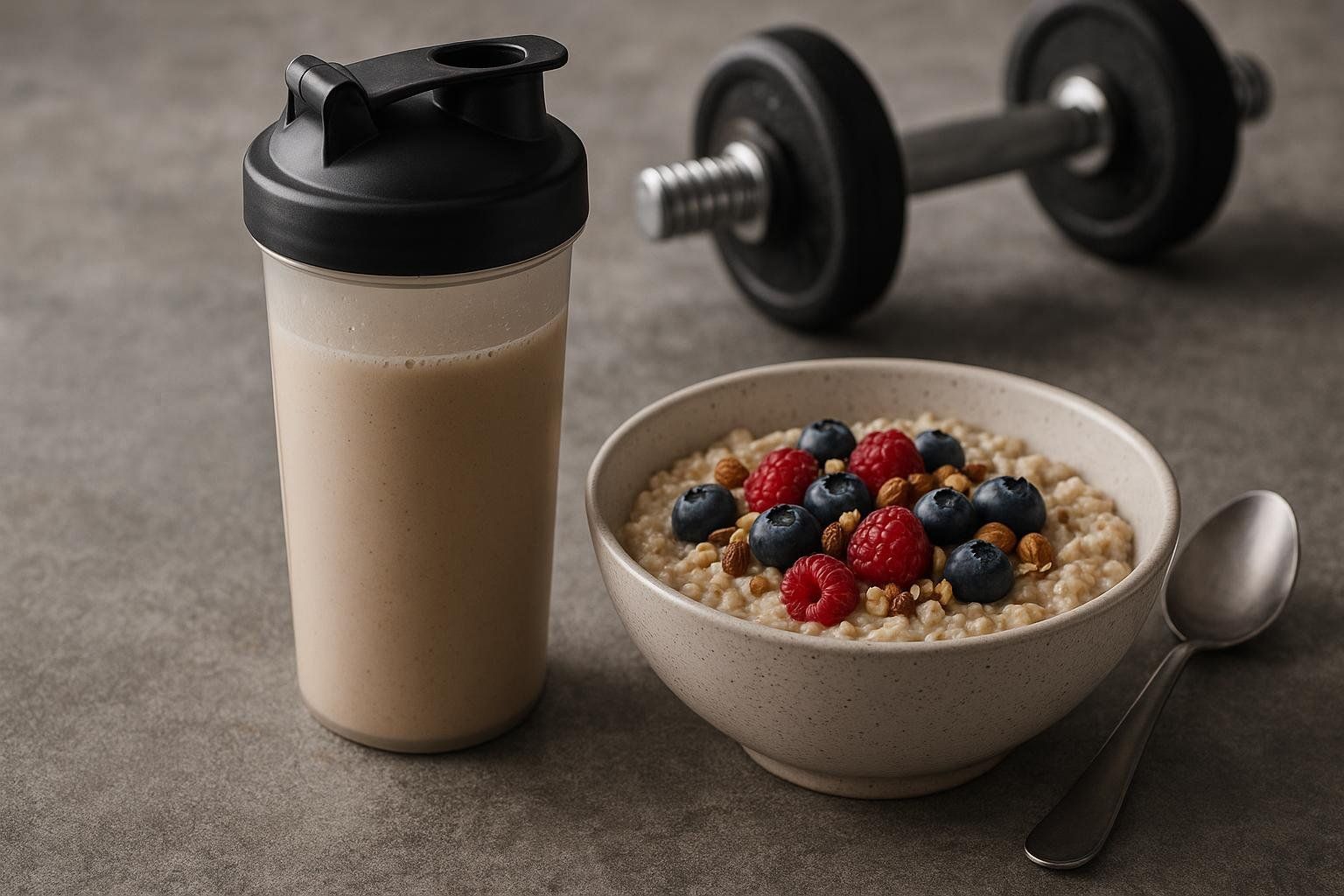
3) Prediabetes & blood sugar management
- Approach: Emphasize fiber‑rich, minimally processed carbs and consistent carb portions per meal; basic carb counting can help (ADA overview).
- Important: Work with your healthcare provider or a registered dietitian for personalized targets.
Make your macros more accurate with DEXA
DEXA separates fat, lean, and bone and estimates visceral fat—so you can set protein using lean mass and confirm you’re preserving muscle while losing fat. That’s insight you won’t get from a scale alone. Learn why body composition matters more than weight and how to prepare for your BodySpec scan.
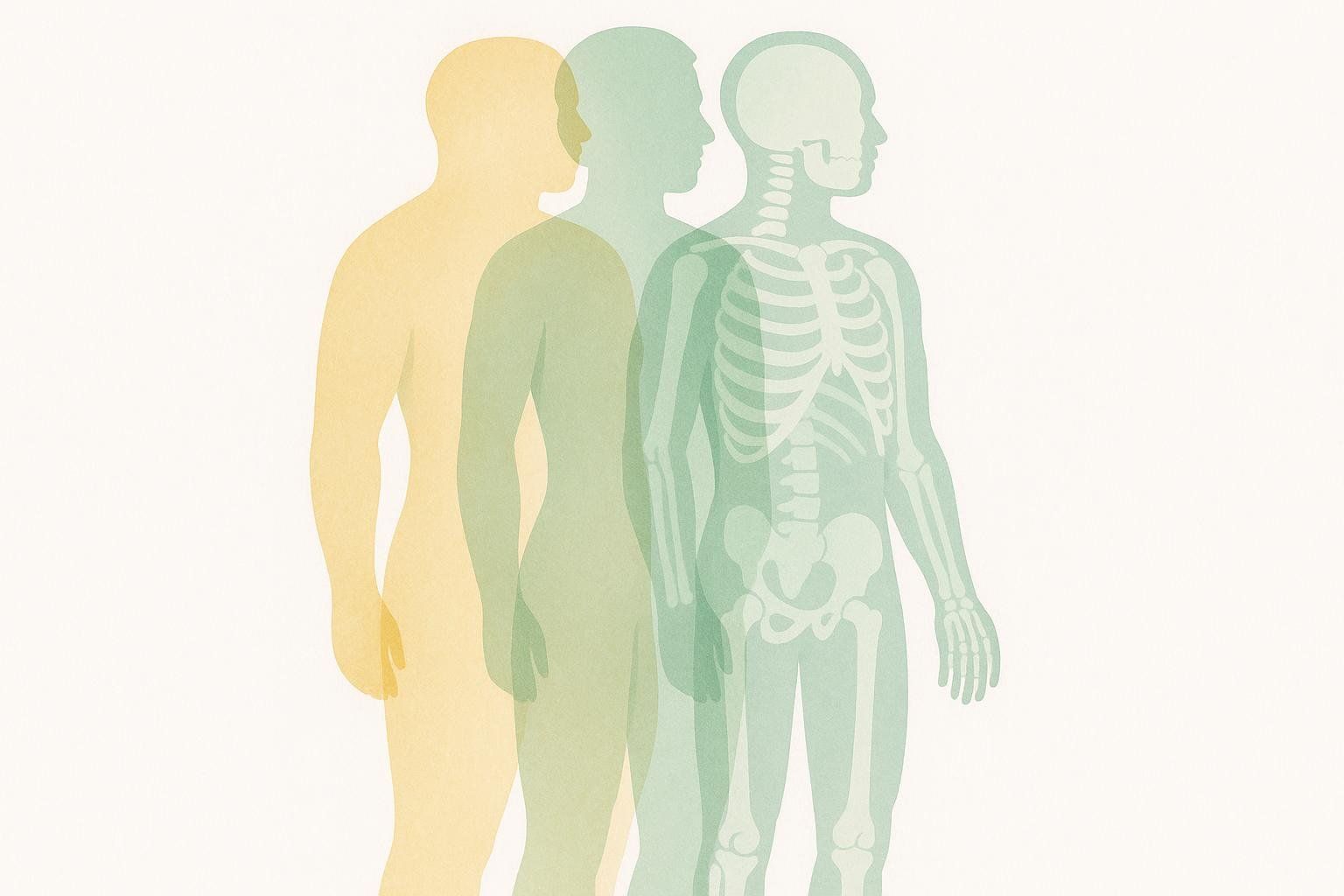
Ready to move from guessing to knowing? Book a BodySpec DEXA scan to get your baseline and retest every 8–12 weeks to confirm progress.
FAQ
- Do I need to hit my macros exactly? Nope. Aim for ranges (e.g., ±10 g protein/carbs; ±5 g fat) and judge by weekly trends.
- Should I track macros or calories? Tracking macros is a detailed way to track calories. For a simpler start, focus only on your total calorie and protein goals. You can add specific targets for carbs and fats later.
- Do I have to weigh everything? Weighing helps at first; over time, mix weighing at home with estimating when dining out. Pre‑logging keeps you on track.
- Do I need supplements? Not required. Protein powder is a convenient protein source; creatine supports strength. Focus on whole foods first.
